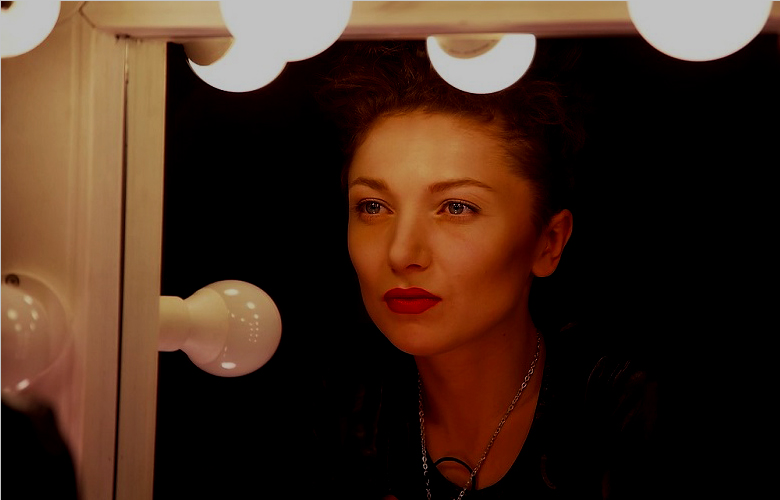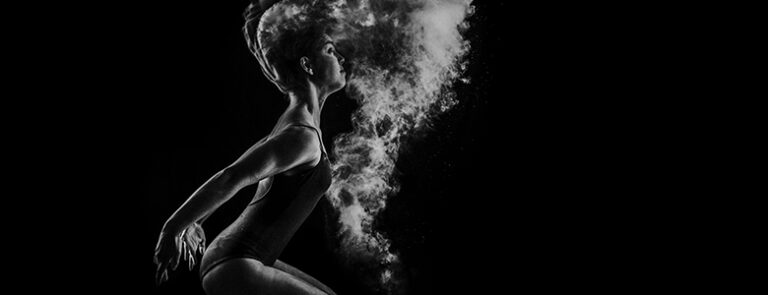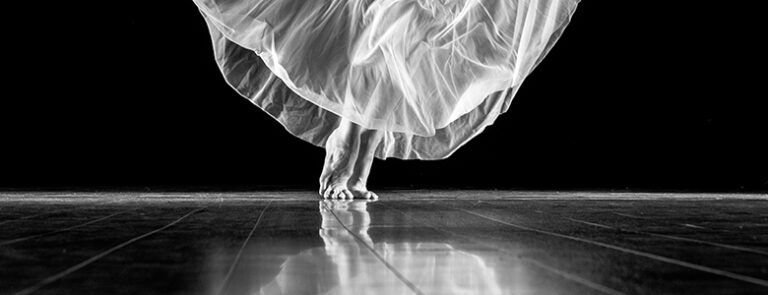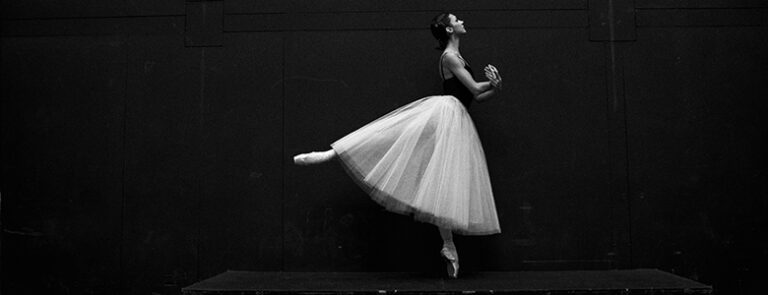
It’s the big question that all serious young dancers wonder at some point in their dancing lives. The question parents have as they want to guide their children in the world of the arts and entertainment. The question to which young dancers usually want a specific answer to suit their desires. And also the question … that really does not have a definitive universal answer. Let’s get to some pros and cons to clarify why college and university dance education is the right path for some, and maybe not so much for others.
To begin, young dancers need to be on the same page as their parents or guardians. Dancers sometimes believe they are going to move to New York or Los Angeles to get into the professional scene, and the parents respond with, “Ya, right. I don’t think so. College or nothing.” If you need to make a compromise, figure it out. The sooner you can come to an agreement, the sooner you can find the right place for yourself.
Earning a degree in dance, or studying dance in college can take on many forms. One can major in dance, in a more concentrated course of study earning a BFA (Bachelor’s degree in Fine Arts). Some BFA programs are even comparable to conservatory programs, offering a course load primarily in physical dance classes. If one has another major in mind, minoring in dance is always an option. The BA (Bachelor of the Arts Degree) in Dance is usually more conducive to having a double major.
College and university dance programs offer a structured environment, and set curriculums. This creates time to mature as a dancer and as an artist. Dancers learn their bodies, their individual physical body patterns, and consequently injury prevention.
To a young dancer contemplating collegiate dance, this may mean nothing. But I challenge you to find a professional dancer who has worked more than a couple contracts that has not endured some type of physical strain or injury. Dancers with long dance careers definitely have an understanding that injury prevention and self care is a full-time and non-negotiable part of being a professional dancer.

Some dance programs offer courses in teaching methods, as well as numerous dance-related courses and concentrations such as somatics, kinesiology, movement therapy, and wellness/nutrition. All programs create a network for dancers, as the make connections that, in some cases, last a lifetime. Clearly, there are many benefits to expanding one’s dance education in an accredited program.
It is a misconception to think that 22 years of age is too old to join the professional dance world. Spending three or four years in college does not set a dancer back. It does slightly delay “living the dream” of auditioning and hopefully getting paid to do what one loves. But it is fair to say the educated performer is in a better place at auditions than they would have been prior to attending college.
Being involved in the professional dance scene includes circumstances not always anticipated by the aspiring dancer. To get jobs, gigs, and even apprenticeships, auditions are required. Young dancers will be auditioning against dancers who are older, more seasoned with full resumés, who also have a full college dance education. Handling rejection is not easy for anyone, especially a young dancer who is familiar with performing on a regular basis, and is suddenly feeling unnoticed.

If a dancer is fortunate and lands a gig, life as a pro includes spending large amounts of time with older people. This may or may not include the after-hours party scene. Young dancers breaking into the biz are often more impressionable, as they understandably want to fit in and be accepted. This is not to say dancers only live a sex, drugs, and rock-n-roll lifestyle, as it exists in any profession. But with the travel, late hours, and unconventional lifestyle, it is easy to adopt some unhealthy patterns.
I am not trying to sound like anyone’s mother. No, seriously. There are many professional dancers out there who wish they would have made better decisions at some point in their careers. Including decisions involving caring for their bodies. All it takes is one injury, and the dancer is out of the game entirely. One can surely learn injury prevention, and physical maintenance in numerous arenas. Learning on-the-fly, when one is already hurting, is not ideal. Dancers cannot afford to lose time in the game. Time is money, and money is survival.
The real question is “What is the right answer for YOU?” Everyone has their their own unique situation, and parents may have two dancing children that take two different paths. I would guess that the ideal situation is a merge of the two options. Should a dancer choose to go to college, it is ideal to use the summer vacations. One can get involved in summer dance programs exposing dancers to professional companies, or travel to a large city to get a taste of what comes after college. There are number of summer dance programs at professional dance schools in major cities. Scholarships are available for all of the above.
What ever you choose, you need to commit. Period.
Do not move to a major city, and not attend every audition and class you possibly can. Do not go to college and waste money flunking out of courses because of disinterest. The dance world is small and people will remember. Besides, there is always someone waiting in the wings to take your spot.

I can not say I would have paid any real attention to an article like this when I was a driven and determined young dancer. I get it. I get that young dancers have something to prove, and are at an age when they just need to get out in the world. And I encourage anyone wanting to take a risk to be a dancer. That said, when you get out in the world, don’t walk blindly. Be prepared – be successful.
Learning From Shameless Opportunists: 7 Ways To Ensure Success
Freelance Artist Gig Life: Do Something


Author Jill Ann Wolins started dancing as a child and continued competitively at the age of 9. She extended her dance education at the State University of New York in Buffalo, receiving her BFA as a dance major. Jill was awarded numerous scholarships for dance including Duke University American Dance Festival (ADF), Giordano Chicago, and six years at Steps on Broadway, NYC, which aided her transition into the professional dance world. Her professional dance career started with Disney, Orlando. Jill continued as a NYC Radio City Rockette for ten years. Broadway National tours include The Producers and Will Rogers Follies, and regional tours include Sweet Charity and Grease! TV and Film credits include The Producers, David Letterman (CBS), Disney Christmas Special (ABC), and Radio City Christmas Spectacular holiday commercials. Some of Jill’s favorite credits include assisting the choreographer, John Dietrich, for the opening segment of the Macy’s Thanksgiving Day Parade, performing in tribute to Lena Horne at Lincoln Center, and dancing with Chita Rivera at the Kennedy Center, DC. Some international dance and teaching experiences include appearances in China, Japan, Russia, UK, Australia, and the United Arab Emirates. Jill Is proud to have worked with the United Nations Association in HIV/AIDS affected areas of South Africa. Jill currently travels across the country and around the globe teaching master classes and setting choreography. She is currently a faculty member of the Wild Dance Intensive and Power Pak Dance Camp. Jill teaches the Top Gun Audition master classes at Starpower National Competitions and co-hosts prestigious dance events like the World Dance Championships. Because Jill values guidance and education for young dancers, she also enjoys being co-director of the World Dance Pageant. Jill is thrilled to share her books in the “Are You Ready?” series. “Dance Competitions: Are You Ready?” is perfect for young competitive dancers, guiding them to have the best, most successful experience possible. “Dance: Are You Ready for the Next Step?” is a must read for all dancers that want to dance in college and beyond, preparing them to be successful in the professional dance world. Jill is proud to be a part of the dance community in TheatreArtLife. We are an international community of dancers and artists, united through our love and passion for dance!
Read Full Profile© 2021 TheatreArtLife. All rights reserved.

Thank you so much for reading, but you have now reached your free article limit for this month.
Our contributors are currently writing more articles for you to enjoy.
To keep reading, all you have to do is become a subscriber and then you can read unlimited articles anytime.
Your investment will help us continue to ignite connections across the globe in live entertainment and build this community for industry professionals.